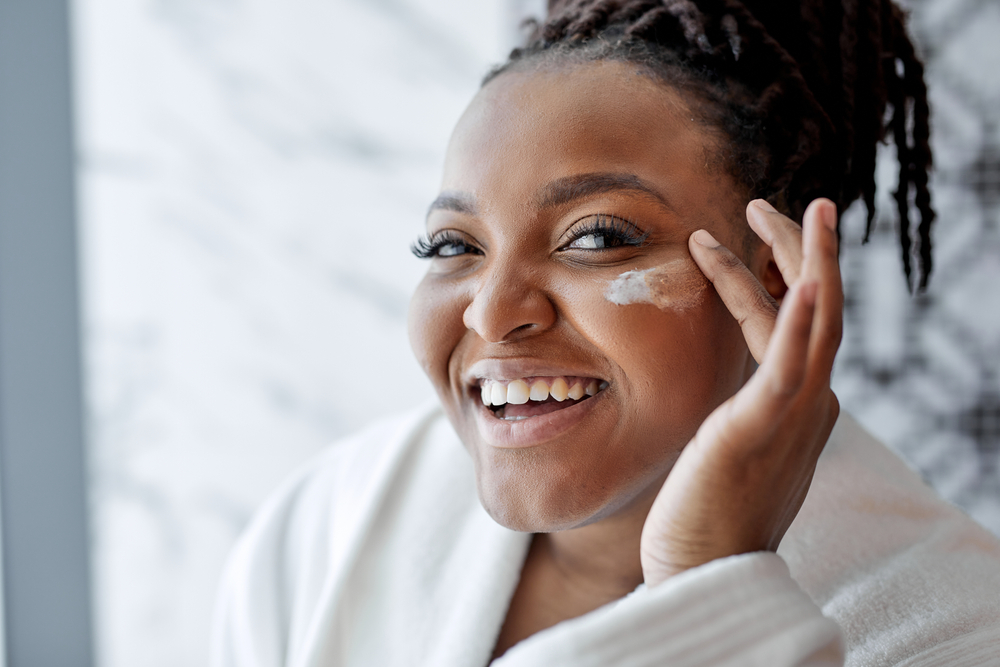I was born in 1968 and thus old enough to remember Tupperware and Tupperware parties.
While taken for granted today, Earl Tupper’s patented plastic containers with their airtight seal revolutionized food storage. More importantly, Tupperware pioneered the use of “direct marketing” memorialized by the “Tupperware party.” The concept was simple. Invite friends, family, and neighbors over for drinks and hors-d’oeuvres and then pitch them on Tupperware. People are far more likely to trust someone they know, and this clever little scheme propelled Tupperware to global stardom and fortune 500 status.
Direct marketing has evolved to include “pyramid” or hierarchical structuring. The sales force is incentivized to recruit new participants thereby obtaining a percentage of future sales. The business terminology for this paradigm is multi-level marketing (MLM). Due to the potential, inherent abuses of this model, MLM has long been viewed with a jaundiced eye. Hyperbolic or exaggerated claims, aggressive, leg humping sale tactics and even out and out fraud has occurred. Despite the cheesy overtones of MLM, it is a genius concept. By removing the need for a storefront (and the substantial overhead and inventory costs) along with reduced advertising costs, profit margins are boosted substantially. With the advent of cyberspace and its crowd-sourced marketing, gains have been exponential.
The skincare industry has had its toes in the MLM pool for years. Avon started the ball rolling. More recent entrants include Pangea and Rodan + Fields. The question of the day is “does skin care belong here”? The answer is somewhat complex and multi-faceted. There are many fine products that can be ordered on TV, the Internet, or through a friend at a party. What do you gain when purchasing a product line sold at a physician’s office specializing in skin (such as a Dermatologist or Plastic Surgeon)? A lot.
First, prior to throwing down a lot of money in the name of skin care, clinical analysis is important. Not all products work for all patients, and knowing this in advance helps prevent missteps. You will not necessarily get this same level of expertise in someone’s living room. Dermatologists and Plastic Surgeons train for years and know how to manage skin. Furthermore, more comprehensive, holistic recommendations can be made pertaining to overall skin health and beauty, including nutrition, chemical peels, laser or energy based resurfacing, Botox, and soft tissue fillers. Skin health (and the beauty that follows) requires steady and thoughtful maintenance. I have many patients in their 60s and 70s who have dutifully maintained their skin health over the years, and many of them look better than people in their 40s.
Secondly, skincare products sold online or in living rooms will not necessarily possess the same degree of power to transform the skin. One of the key principles of modern skin care involves the use of “active” ingredients that stimulate cell turnover and production of new collagen and elastin formation, two key building blocks of the skin. Skincare lines sold outside the jurisdiction of a physicians office typically use passive ingredients such as hydrators (aka moisturizers). When active agents are used, it is often at a weaker concentration. One of example of an active ingredient that is scientifically proven to rejuvenate the skin is vitamin A (sometimes referred to as Tretinoin or Retin-A). Vitamin A derivatives turn on genes that do a multiplicity of things, including increase cell turnover, keratinization (outer layer of the skin), reduce melanin (pigment, age spots) and new collagen production. It also suppresses matrix metalloproteinase activity, which prevents degradation of the extracellular matrix and thus deflation of the skin.
Most commercially available forms of Retin-A use the weaker “ester” form of the molecule in comparison to prescription grade stuff. It causes less irritation but also produces inferior results. Furthermore, even prescription grade Retin-A is acidic (Trenitoin is the acid form or Vitamin A) and creates a chemical burn of sorts that damages the skins natural barrier function and causes chronic inflammation and paradoxically accelerates aging when unchecked. I experienced this personally as a young, competitive tennis player who was on prescription grade Retin-A for acne. My skin was continually tight, red, and burnt feeling.
MyBody,TM a skin care line I personally endorse and use, has circumvented this problem by fusing Retinol with Glyceryl Diretinoate (called R2X). By attaching the vitamin A molecule to fat, it is absorbed without damaging the skin’s outer barrier while delivering a high potency vitamin A. In addition, the scientists at MyBody have combined Probiotics and other bioactive compounds such as biomimetic lipo-oligopeptides to stimulate a cascade of rejuvenative chemicals.
So, the take home message is that Tupperware skincare is not intrinsically bad, and many of those products have merit and a place in the overall ecosystem. However, if you want to take things to the next level, there is no substitute for physician driven skin care and medical grade skin products regardless of brand name.









